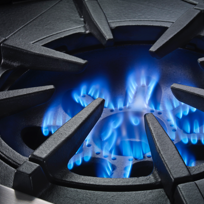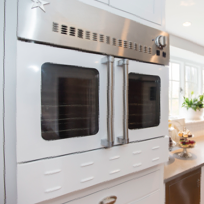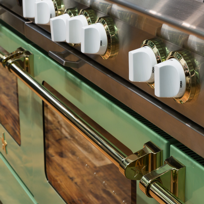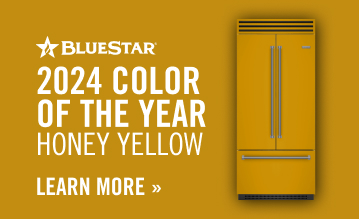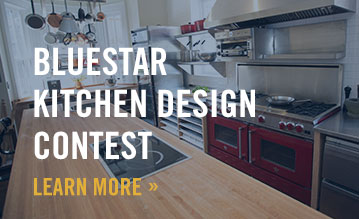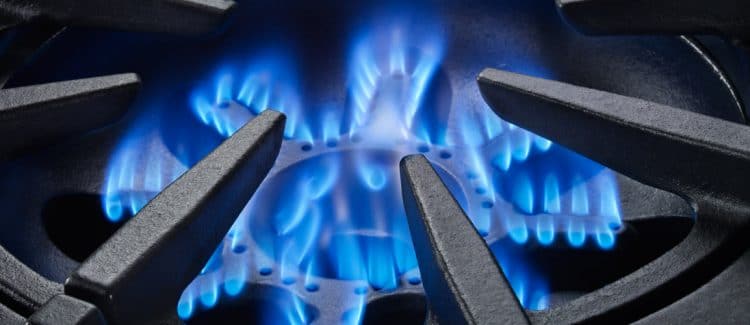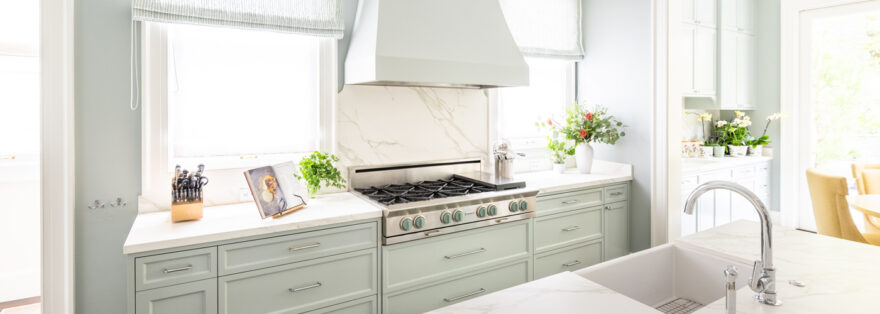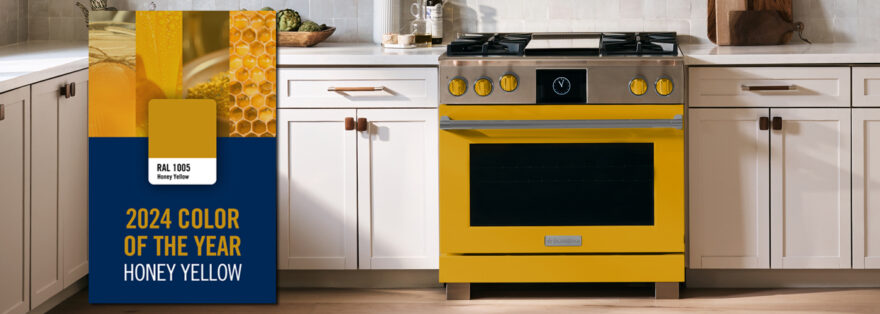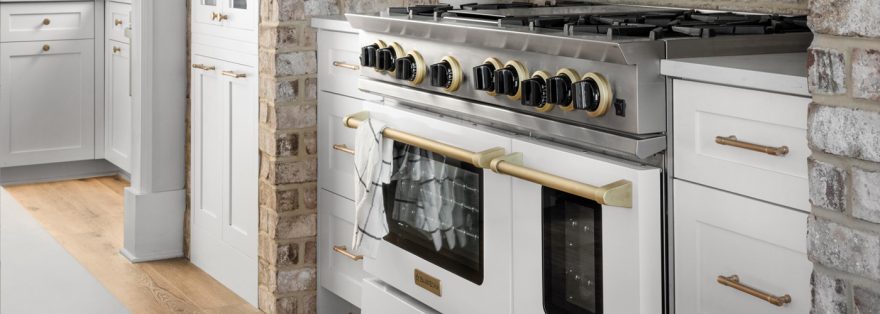As early winter’s pale sunlight slants through your windows, it’s clear your home’s interior is coming off some seasonal highs.
The spicy warmth of golds and oranges, the hallmarks of autumn and its Halloween and Thanksgiving celebrations, gave way to the jubilant jewel tones and sparkling lights of the holiday season. The accessories, the lights, and the trees are (or will soon be) packed away. And now, your pared-down rooms speak for themselves – and you may very well hear some of them begging for a New Year’s makeover.
Pragmatically, homeowners must make certain their infrastructures are in good shape – from the roof to the chimney, plumbing, insulation, electricity and natural gas piping.
Financially, any investment in a property should have a clear return. Acting on emotion can create a cozier, more personal home. But if you are thinking about selling at some point, consider the ROI before tackling a project ASAP.
Kitchens continue to be the hearth and heart of a home. The happy news, according to the book Zillow Talk: The New Rules of Real Estate, is that full kitchen upgrades can offer up to a 75 percent ROI.
Remodeling Magazine concurs, highlighting a return on bathroom upgrades.
Houselogic.com, ranking the refinishing and/or replacement of hardwood floors as its No. 3 recommendation for ROI, notes that a $2,500 refinishing job may see a 100 percent return, while a $5,500 hardwood floor installation will likely provide a 91 percent return.
Heart of Stone
When it comes to kitchen countertops, nothing beats the durability and design flexibility of granite, according to Tony Daskus, owner of Penn Township-based GoodFellas Granite LLC.
Daskus, with 34 years of granite wholesale experience before founding his store nearly three years ago, knows his stone and its value. “Granite is the best bang for your buck rather than quartz,” he proclaims.
Daskus is a virtual encyclopedia of granite. Dismissing the “very uniform-looking grayish granite” of the big box stores, he waxes eloquent about exotic granites, in hues from gold to reddish to purple, where the stone exhibits changes in color and movement with changing light. His enthusiasm grows exponentially when he discusses handcrafted semiprecious granite countertops.
“We just did a $30,000 island of blue granite – lapis lazuli – three inches thick with a specially crafted edge,” he says. “It is stunning.”
Stunning, too, is that price tag, which may be out of reach for many.
But Daskus bears good granite news: most replacement countertops measure in the area of 40 square feet. Quality, even some exotic, granite can be affordable at $2,500 to $2,800 for that space.
With 600 different slabs of granite in stock, Daskus’ customers can find themselves in quite a quandary. He suggests that they bring along a cabinet door to hold against the slabs to determine what is most appealing and complementary. He notes that while gray cabinets are “very hot” now, customers should consider tried-and-true styles like black-and-white kitchens. An uptick in purchases of granite for outdoor kitchen countertops is also occurring.
He advises consumers not to shop on the cheap and to consider quality of installation and finishing.
“Buying granite is like buying a car,” he says. “You go to the lot, you sit in it, and you drive it around. It’s sort of the same here. Shop around; you shouldn’t buy strictly by price. Get references about the business you are patronizing and make sure you get what you pay for.”
Tile Style
You might just think your dated bathroom stinks. It’s not that it’s malodorous. It’s the aesthetic that smells.
New tile might just be the remedy and Katie M. Burkert, showroom manager at Bern Township-based Malsnee Tile & Stone, is a go-to person for prescribing a makeover.
She touts porcelain tiles for durability and style variety.
“Lots of people want to keep things very neutral,” she says. “Gray tones have become the new neutral, replacing beige.”
She says bigger, 12-by-24-inch tiles are big sellers for the overall look and fewer grout lines.
White marble, along with the gray tones that have been a staple of HGTV’s Fixer Upper series, is trending, Burkert says. Porcelain tiles now accurately mimic the look of white Carrara marble but are far stronger and more stain resistant than the porous stone.
Other tile styles trending are traditional subway tiles as well as cement pattern tiles. In the latter, Burkert says specific patterns can be created by placing four like tiles together and repeating that as often as desired through the floor or wall area to be covered.
When it comes to older homes, owners are paying homage to the past with small octagonal tiles on the floors and subway tiles on the walls, even as cabinets and fixtures are modernized for convenience and efficiency.
Tile replacement can be among the most affordable of upgrades, she says. Consumers can figure on an average $5 per square foot for materials plus the cost of installation. She advises factoring in about a month’s time from selection until final installation.
“Go online and look at the photographs of different styles,” Burkert advises. “They should pick out the look that interests them and then we can help them figure out just what they want to do.”
Getting Floored
Nothing quite warms the look of a room like hardwood floors. Many new homeowners quickly evict dated carpeting, seeking hardwood floors underneath.
The appeal of hardwood is something to which Jessica M. Ott, design consultant at Wyomissing-based Martin’s Flooring, Inc., can attest. Of the many floor coverings available in her store, folks seem most fired up over hardwood selections. Even homeowners with original hardwood may change it out – either for design reasons or to replace worn and mismatched surfaces.
“In terms of hardwood, the trend now is the hand-scraped wider plank,” she says. “Within the last year, we’ve seen a gravitation to the 7-inch-wide plank. It used to be 2 ¼, then 3 ¼, then 5 inches.”
Engineered hardwoods are the bestsellers. The distressed-look, hand-scraped style is the most popular for homeowners with pets and/or children.
Hardwoods, engineered or natural, can range from $3.99 to more than $20 per square foot plus installation.
“There is a growing trend in the wood-look products,” Burkert says. “We install more of them than real wood.”
The beauty of vinyl planks is that they boast a realistic appearance, are waterproof and are affordable. Costs range from $3.99 to $4.59 up to $6.29 per square foot for a high-definition product. The most popular finishes are hickory and “taupey-gray,” she says.
She advises consumers to bring paint swatches and photos when exploring showroom samples. It usually takes a month, more or less, from choosing the flooring to installation.
She expects the appeal of the hardwood look to endure. “It’s so clean and simple to maintain,” she says, “and in the long run it makes sense if you plan to sell. It’s much more versatile and gives sellers the edge when it comes to other comps in the neighborhood.”
Stainless Steel – Just the Recipe
Appliances do have a lifespan; they eventually wear out. Sometimes, it’s their appearance that wears out – think 70s gold and avocado and 90s bisque.
Matt Burkholder, sales manager of the six Martin’s Appliance stores and based at the Exeter Township site, says stainless steel has remained the traditional choice for upgrades, but stainless finishes have changed.
A slate matte finish touted in General Electric appliances is very popular, he says, as well as a black stainless steel offered by many manufacturers, which is, in essence, a tinted coating applied over the stainless surface. The good news for traditionalists: new stainless-steel appliances are clear-coated and smudge-resistant.
Burkholder says most consumers can replace appliances that fit standard openings, especially if they choose not to do a full kitchen gut. Custom-sized appliances can be made to order as well.
One such custom-order manufacturer is Reading-based Prizer-Painter Stove Works Inc., which makes everything from iconic BlueStar ranges to oven tops, ventilation hoods, refrigerators and dishwashers.
“They can customize anything,” says Burkholder, “and offer any color of custom finishes. Often their appliances can become the conversation piece of a kitchen.”
Depending on the scope of appliance replacement – and the level of sophistication – consumers can figure on spending a minimum of $2,000 for a basic package to more than $10,000 for high-end appliances made by manufacturers like Viking, Thermador and Jenn-Air. Turnaround for installation is usually 7 to 10 days.
Burkholder advises buying appliances during federal holidays when the best deals are available.
“Internal sales are often paired with manufacturers’ incentives, and savings of 20 to 30 percent can be offered,” he says.
The upcoming Presidents’ Day holiday is a case in point. For instance, he says, mass premium brand packages like Kitchen Aid, GE Profile and Jenn-Air, which normally cost $6,000 to $7,000, might drop to $4,000 to $5,000. Martin’s offers a deferred interest financing plan and no-credit leases, which enable consumers to get the appliances in their homes, especially those who are paying with a federal income tax refund.
Burkholder advocates American-made appliances, from both patriotic and practical standpoints, as repair and parts replacement are facilitated. Patronizing dealers with in-house service departments is also smart, he says.
Warming Up
Warmth is a necessity for physical and emotional comfort in the cold winter months.
Dustin Bowman, manager of Ephrata-based Bowman’s Stove & Patio, advocates upgrading existing fireplaces and thinking through all options for new fireplace installations.
Most popular, both in conversions and new units, are gas-fueled (either natural or propane).
“That provides a nice upgrade,” he says. “It looks good and usually can be controlled with a remote to go on and off automatically.”
Price points vary, Bowman says, based on the size of gas inserts to existing fireplaces – from $3,000 to $5,000. All inserts are sealed boxes with glass fronts. Screen fronts are also required components of the inserts, and their styles vary. A newly created gas fireplace may not require a chimney. Homeowners can get a unit that can be framed to vent through a wall cut.
“You want to try and get high efficiency,” he says. “There’s also a difference in how realistic the logs look and the heat output.”
Those with wood-burning fireplaces can also upgrade. While natural gas and propane are relatively inexpensive, the cost of wood is even less. New inserts range from $1,900 to $4,000, he says.
“You can get a zero-clean, high-efficiency wood-burning fireplace with a metal box and metal chimney,” he says.
Lightening Up
The enemy of winter’s long, dark nights is bright light. There may be no better time than January for adding luminosity to your home.
Colleen McNichol, sales and design consultant at West Reading-based Baldwin Kitchen & Bath Design Center, says trends are clear when it comes to lighting fixtures.
“Trend-wise the new desirable colors are matte black and satin-finished brass along with brushed gold styles that are super popular for kitchens,” she says. “The industrial look is very ‘in’ right now.” The look features fixtures that are a bit less edgy than in years past, sometimes melding two colors of metal or reclaimed wood with iron.
Customers should consider a home’s architecture and age when upgrading fixtures, she advises. “When in a traditional environment, I think it is silly to put in super-slick modern fixtures,” she says.
Gaining popularity are pendant lights both above islands and in great rooms. Edison light bulbs that capture industrial and mid-century accents — as well as globes with seeded, clear or mercury finishes — are trending.
The scope of dining room chandeliers is changing, she says, with more options than ever. Recessed lighting in many newer or renovated homes provides complements to “statement lights” over the table. Those lights run the gamut from pendants to square-shaped to spherical, with many sporting large shades. She credits the influence of HGTV for these choices.
A rule of thumb in lighting is to take the square footage of a room times 1.5 for the number of watts needed for adequate lighting, she says. LED watts differ from halogen, and that should be factored into the equation. Also, consumers should consider a scale of cool to warm when it comes to the hue of the lighting.
Decisions for lighting upgrades should involve an overview of a room’s décor – from furnishings to permanent fixtures, floor and wall coverings, and the use of the room.
“Lighting is the finishing jewelry,” McNichol says. “You don’t want to overdo it, but you want it to be something cool at the end.”




